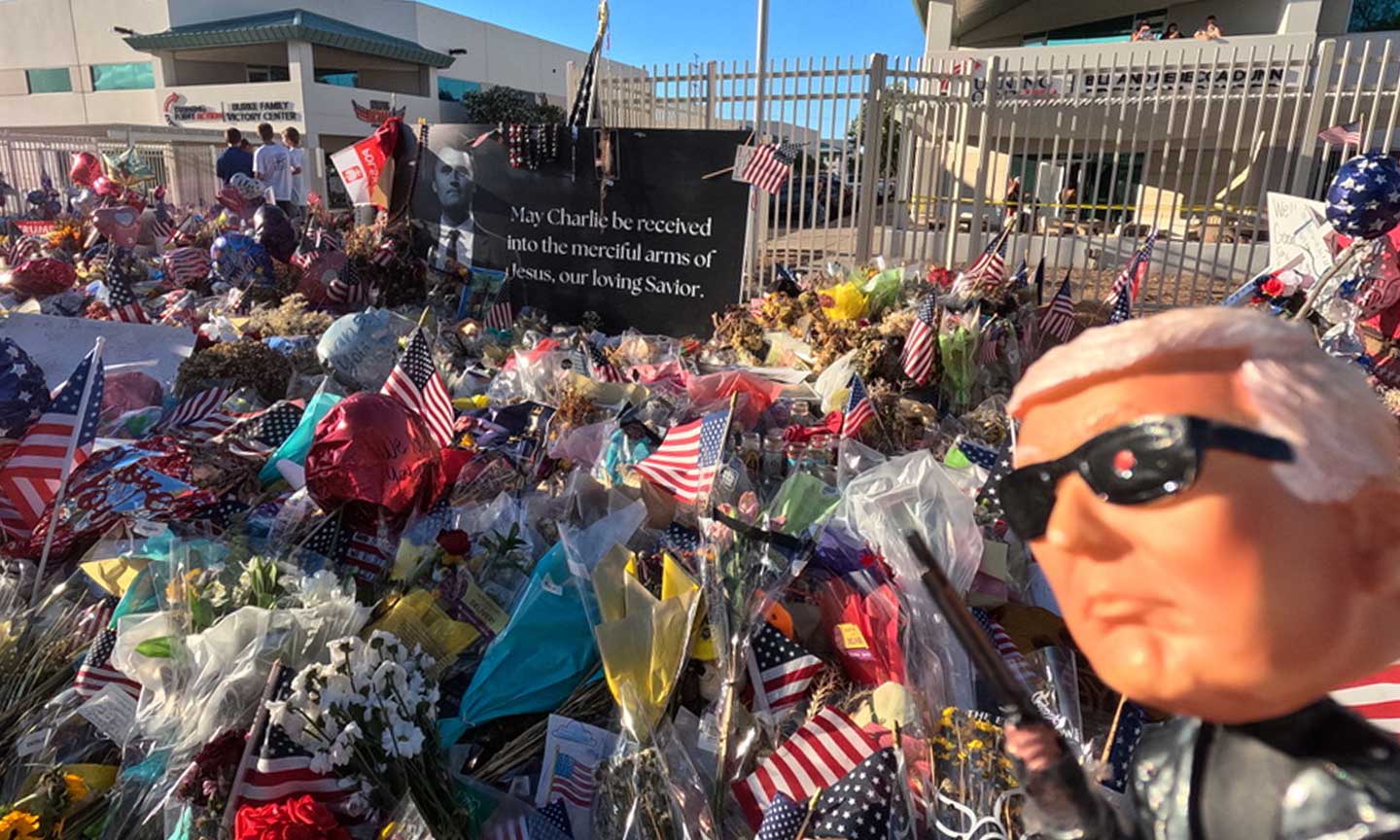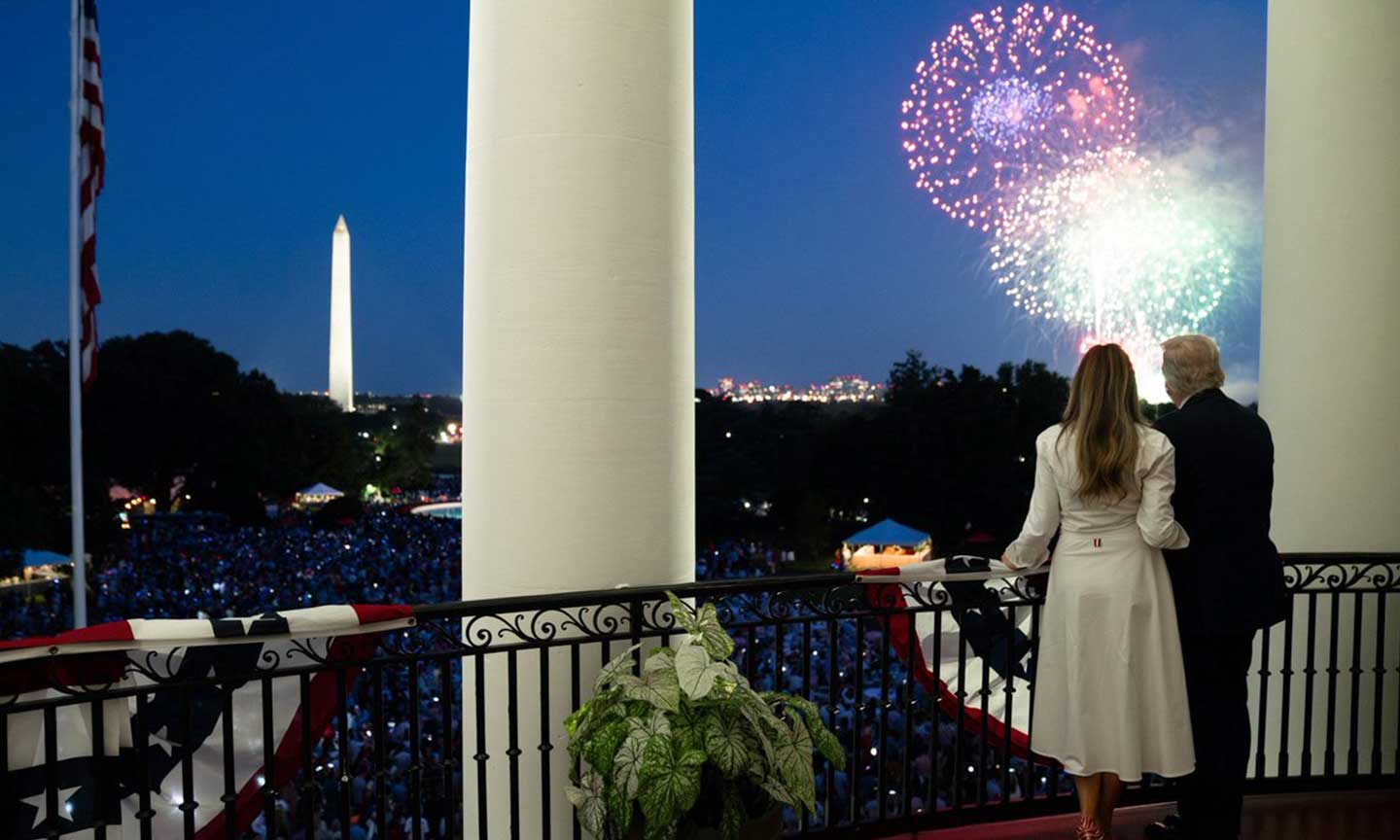Join in exploring the evolution of Trump’s public speaking, starting from the early days of his rallies and leading up to their impact on American politics.
Key topics discussed in Trump’s early rallies, how they differed from traditional political gatherings, and what made them stand out during the 2016 presidential campaign will be examined.
Changes made to Trump’s rallies after he became president and their role in shaping public opinion will also be discussed.
The future of Trump’s public speaking and how it may continue to influence American politics will be explored. Get ready to delve into the rallies that made history.
Early Days of Trump’s Rallies
During the early stages of Trump’s rallies, a unique approach to public speaking and crowd engagement emerged, laying the groundwork for a new era in political communication and persuasion.
As Trump refined his speaking skills, his delivery took on a bold and unapologetic tone that resonated with his supporters. His ability to emotionally connect with the audience, addressing their frustrations and aspirations, quickly set his rallies apart from traditional political speeches.
Drawing from historical rhetorical techniques, Trump effectively employed repetition, simple language, and vivid imagery to emphasize his message. This distinct communication style not only captured attention but also nurtured a sense of unity and shared purpose among attendees, cementing his public speaking persona.
What Were the Key Topics in Trump’s Early Rallies?
During the early rallies, Trump focused on addressing key political issues that resonated with his supporters, creating a platform for his populist appeal and distinctive communication style. The themes that dominated Trump’s early rallies often centered around immigration, job creation, trade deals, and national security. His speeches were marked by a direct and candid approach, resonating with many who felt disillusioned with traditional politicians.
Trump’s messaging emphasized a promise to shake up the status quo and put America first, striking a chord with those seeking change. His campaign issues fueled a sense of patriotism and a call for stronger borders, resonating particularly in regions where economic concerns and national identity were paramount.
How Did Trump’s Rallies Differ from Traditional Political Rallies?
Trump’s rallies differed from traditional political rallies by incorporating a sense of energy, controversy, and direct interaction with the crowd, reshaping the landscape of public speaking and campaign events.
His approach was characterized by spontaneous remarks, off-the-cuff comments, and a more informal and unstructured speaking style that appealed to his supporters. This departure from prepared speeches added an element of authenticity and relatability, attracting audiences who were disenchanted with the polished and rehearsed nature of typical political gatherings.
This shift in communication strategies ushered in a new era of rally dynamics, where unpredictability and raw emotion became prominent, capturing media attention and influencing public discussions.
The Rise of Trump’s Rallies in the 2016 Presidential Campaign
The 2016 Presidential Campaign saw a notable increase in the significance and influence of Trump’s rallies, representing a crucial moment in the convergence of political communication and audience response.
These rallies functioned as potent platforms for Trump to directly engage with his supporters, invigorate the voter base, and communicate his main points. They acted as a way to mobilize excitement and stimulate grassroots backing, fostering a sense of community among those in attendance.
Trump’s rallies garnered substantial media attention, expanding the campaign’s reach and visibility. By strategically utilizing these gatherings, the campaign effectively harnessed the emotional impact and spectacle of large crowds to craft a narrative that resonated broadly with both supporters and undecided voters.
What Made Trump’s Rallies Stand Out During the 2016 Campaign?
Trump’s rallies were notable during the 2016 campaign because of his unique approach as a presidential candidate. He utilized charisma, rhetoric, and a populist appeal to influence both supporters and critics.
His skill in connecting with the audience emotionally through simple language and strong messaging resonated with many voters. Trump’s pledges to bring change and challenge the status quo attracted disenchanted citizens, which added to the polarization of the political landscape.
His unconventional leadership style, marked by bold statements and unfiltered communication, elicited strong reactions from both his fervent supporters and vehement detractors.
How Did Trump Use His Rallies to Connect with His Supporters?
Trump effectively utilized his rallies as a platform to forge connections with his supporters, delivering messages that resonated with their sentiments and aspirations, fostering a sense of unity and loyalty.
By tailoring his messaging to address the concerns and desires of his audience, Trump ensured that his speeches struck a chord with supporters on a personal level. His use of emotional appeals, tapping into their hopes and fears, further strengthened the bond between him and his base. Trump’s authentic engagement during these rallies, where he interacted directly with attendees, allowed for genuine connections to form. This personalized approach not only made his supporters feel valued but also contributed to the persuasive impact of his speeches, leading to a deeper sense of loyalty and commitment.
Trump’s Rallies as President
After assuming the presidency, Trump’s rallies experienced changes that reflected the shifting dynamics of power, media coverage, and evolving public perception.
These changes were noticeable in the evolution of his messaging, which began incorporating nationalistic themes alongside appeals for unity in an effort to connect with a wider range of Americans. Trump’s stage demeanor also transformed to project increased authority and seriousness, underlining his position as Commander in Chief. His strategic deployment of rhetoric became more prominent, utilizing slogans and catchphrases to captivate his supporters and influence public opinion in a deeply polarized political environment.
What Changes Were Made to Trump’s Rallies After He Became President?
Following his presidency, Trump’s rallies experienced noticeable changes to address controversies, refine his public image, and adapt to the evolving landscape of political discourse, indicating a nuanced evolution in his communication strategies.
His post-presidency rally style has displayed a distinct shift towards a more strategic recalibration of his public speaking techniques, aiming to project an elevated level of authenticity and connection with his audience. Trump has been observed integrating new elements into his stage presence, utilizing various rhetorical tactics to engage listeners while also carefully navigating and responding to controversies that arise during his public appearances. These adjustments indicate a deliberate effort to sustain his influence and keep his supporter base energized amidst the changing dynamics of the political arena.
How Did Trump’s Rallies Continue to Shape Public Opinion?
Even after his presidency, Trump’s rallies have continued to have a significant influence on shaping public opinion, driving conversations, and perpetuating his lasting impact on American politics through narrative-building and audience engagement.
Observers have acknowledged the enduring influence of these rallies, which have consistently resonated with a loyal base through emotionally charged messaging and strategic rhetorical approaches. By utilizing fiery rhetoric, divisive language, and strong emotional appeals, Trump has maintained a narrative that deeply connects with his supporters, fueling ongoing political discussions and influencing the broader narrative landscape. The lasting impact of these events underscores the enduring effects of Trump’s communication strategies on public attitudes and perceptions, extending beyond the traditional scope of the presidency.
The Impact of Trump’s Rallies on American Politics
The rallies held by Trump had a notable influence on American politics. They played a significant role in contributing to the polarization of public discourse, the amplification of populist appeals, and the redefinition of political engagement in the digital age.
These gatherings were crucial in shaping media dynamics by strategically using social media platforms to circumvent traditional filters and impact public opinion directly. Responses from opposition groups to Trump’s rallies emphasized the growing division within the nation, revealing power dynamics between different ideological groups. This shift in political communication strategies highlighted the lasting impact of these events on the overall American political landscape.
How Did Trump’s Rallies Contribute to the Polarization of American Politics?
Trump’s rallies had a significant impact on increasing the existing polarization within American politics. They stirred controversy, mobilized supporters, and amplified ideological divides through provocative rhetoric and confrontational discourse.
These events often provided platforms for Trump to deliver inflammatory speeches that elicited strong reactions from both his enthusiastic supporters and passionate critics. His unfiltered messaging strongly resonated with his base, solidifying their loyalty while also heightening tensions with those who disagreed with his policies and rhetoric. The stark differences in reactions from attendees underscored the deep divisions in American society, emphasizing the substantial influence of Trump’s rally dynamics in intensifying political polarization.
What Role Did Trump’s Rallies Play in the 2020 Presidential Election?
In the context of the 2020 Presidential Election, Trump’s rallies functioned as essential campaign events that energized his base, mobilized supporters, and heightened the political fervor surrounding the election, influencing the electoral narrative and voter engagement.
These rallies not only demonstrated Trump’s charisma and his ability to establish a personal connection with his supporters but also offered a platform for him to reiterate his key campaign promises, address pressing concerns, and garner support for his re-election campaign. By strategically scheduling these rallies in crucial battleground states and swing regions, the Trump campaign effectively amplified its message, energized the voter base, and reinforced its presence in vital electoral territories. The enthusiastic participation and passionate reactions at these rallies emphasized the importance of direct voter outreach and grassroots mobilization in shaping the election’s outcome.
The Future of Trump’s Public Speaking
The trajectory of Trump’s public speaking is evolving beyond his presidency, leading to intriguing possibilities for the continued influence of his oratory, the development of his communication strategies, and the enduring impact of his speeches on political communication.
One aspect to monitor is how Trump’s authenticity as a speaker may change post-presidency. Will he maintain his well-known brash style or shift towards a more reflective tone?
Audience connection will also be crucial in shaping his future speeches. As communication trends evolve, it will be interesting to see if Trump embraces new platforms or technologies to engage with his supporters.
The legacy of his rhetorical style is expected to spark ongoing debates about the effectiveness of his communication approach.
Will Trump’s Rallies Continue to Shape American Politics in the Future?
The future role of Trump’s rallies in shaping American politics remains a topic of speculation, with potential implications for the direction of political communication, audience engagement, and public perception in the changing landscape of political discourse.
As Trump’s rallies continue to hold sway in the political sphere, the lasting impact of his communication style looms large over how future leaders interact with the public.
The shift in strategies within political discourse, influenced by Trump’s bold messaging and charismatic delivery, prompts discussions about the enduring effects of such strong speech patterns on public opinion and engagement.
The link between Trump’s distinctive rallying techniques and broader implications for the future dynamics of American politics initiates conversations on the merging of conventional politics and contemporary communication strategies.




